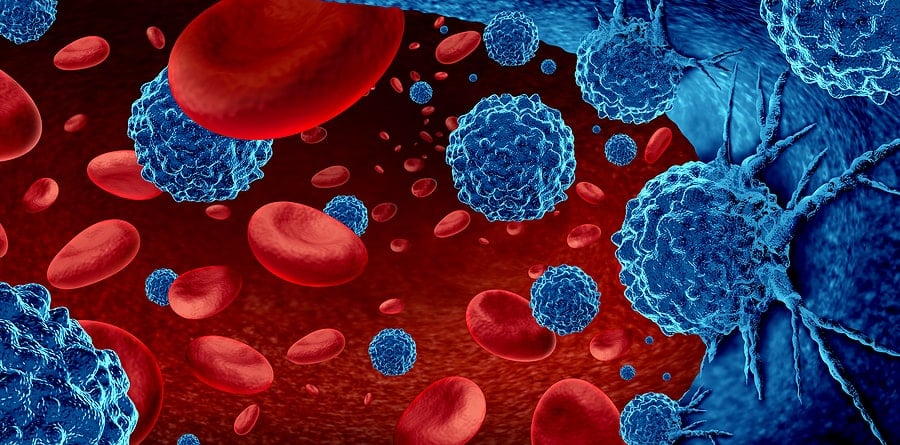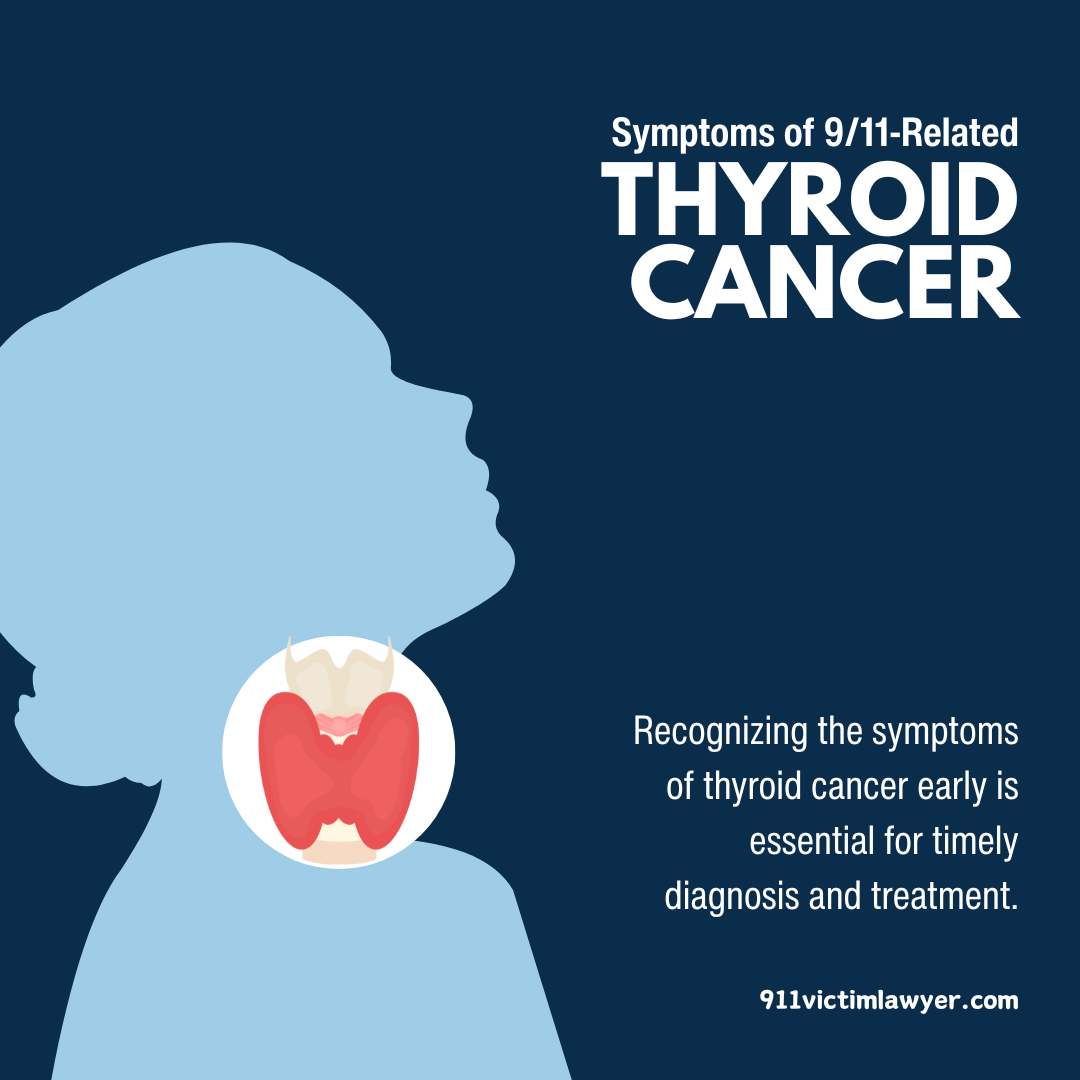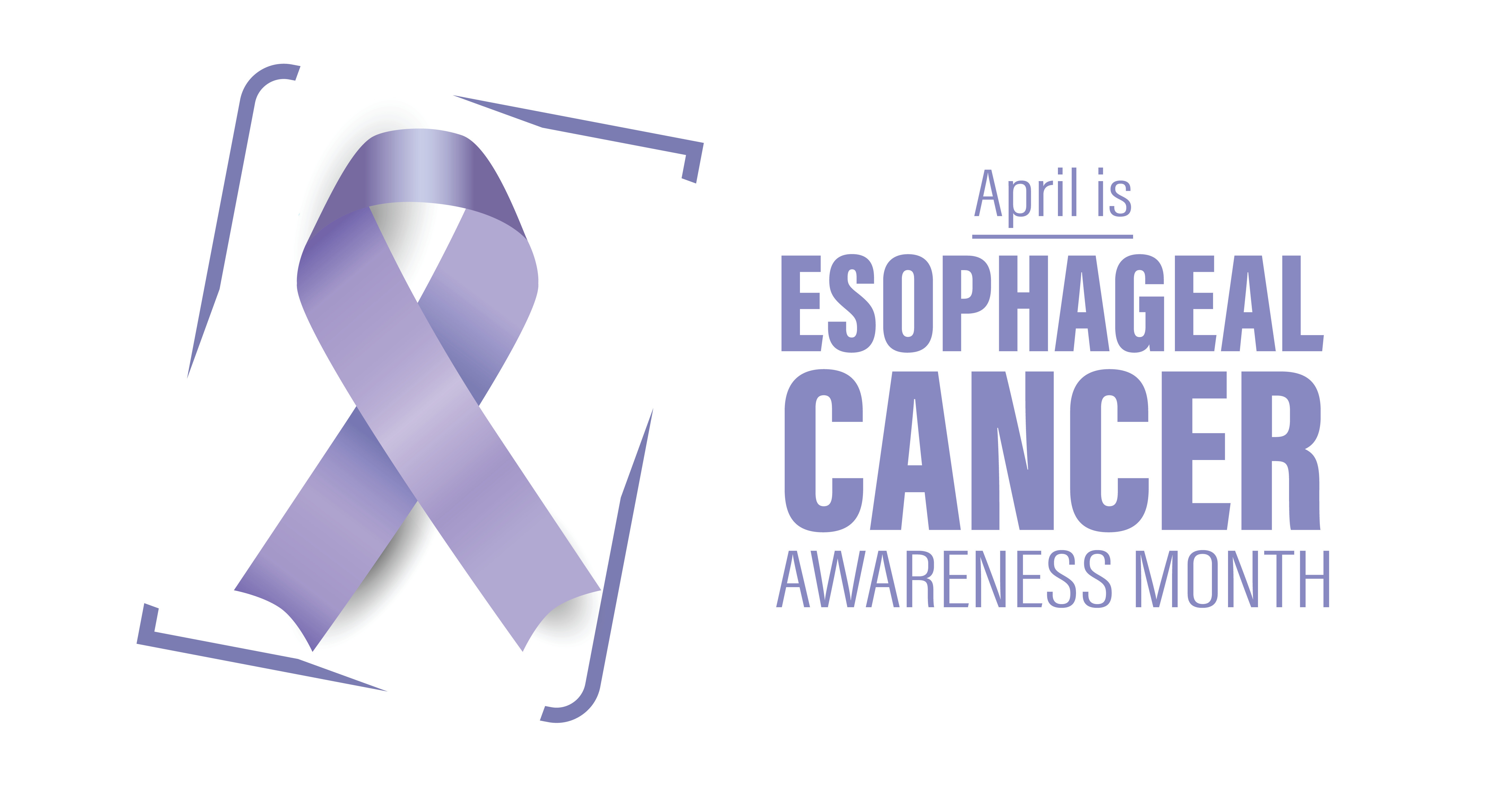The Link Between the 9/11 Toxins and Pancreatic Cancer in Women

The 9/11 dust and fumes caused pancreatic cancer in downtown residents, workers, students, and first responders. In 2014, the World Trade Center Health Program (WTCHP) formally recognized the definitive link between pancreatic cancer and exposure to the toxic fallout from the 9/11 attacks. At first, the WTCHP did not recognize the link between exposure to the 9/11 toxins and pancreatic cancer. Then in 2014, the WTCHP recognized the findings of the WTCHP Scientific/Technical Advisory Committee that 9/11 exposure is found substantially likely to be a significant factor in aggravating, contributing to, or causing the individual's pancreatic cancer. This finding made, for the first time, pancreatic cancer eligible to be certified for WTCHP treatment services as well as compensation from the September 11th Victim Compensation Fund (VCF) for the cancer victim or, if the person passed, to their family.
While historically men and older people have been more at risk for developing pancreatic cancer, recent studies are showing that the rates of this type of cancer are rising, especially among women. While the reason behind this trend is not completely understood, there are many risk factors that may contribute to the development of pancreatic cancer, such as smoking and exposure to chemical carcinogens. Understanding pancreatic cancer in women, and how it may differ from pancreatic cancer in men, is the subject of ongoing research that will help lead to better outcomes for women. Knowing the signs and symptoms of pancreatic cancer can help women detect pancreatic cancer as early as possible.
What is Pancreatic Cancer?
Pancreatic cancer occurs when malignant (cancerous) cells form in the tissues of the pancreas. The pancreas is an organ located in the digestive system, behind the lower part of your stomach, and is responsible for producing the hormones and enzymes that help break down food. About 70% of pancreatic cancer is found in the head of the pancreas. Pancreatic cancer can spread to nearby lymph nodes, to the lining of the abdomen, or through the bloodstream to other parts of the body.
There are two main types of pancreatic cancer, exocrine tumors and pancreatic neuroendocrine tumors (NETs). Endocrine tumors make up more than 95% of pancreatic cancers, while NETs make up the other 5%. Types of endocrine tumors include adenocarcinoma, adenosquamous carcinoma, acinar cell carcinoma, squamous cell carcinoma and undifferentiated carcinoma.
Risk factors for pancreatic cancer include chronic pancreatitis, family history of pancreatic cancer, smoking, exposure to carcinogenic chemicals, obesity, and age.
The Link Between Pancreatic Cancer and 9/11
The collapse of the Twin Towers created a massive cloud of dust, ash, debris, and harmful particles, including asbestos, silica, metals, concrete, and glass. This toxic cloud filled the air for weeks after the attacks and left hundreds of highly populated city blocks exposed to these harmful substances. Individuals who lived, worked, or went to school in lower Manhattan and the surrounding areas in the months following the attacks, as well as first responders and other 9/11 survivors, were breathing in these toxins both indoors and out.
There is no doubt a link between cancer and exposure to the toxic cloud created on September 11th – approximately 24,000 people exposed to WTC dust have since been diagnosed with a type of cancer. The link between pancreatic cancer and the September 11th attacks is not fully understood yet, but studies have shown that there is a higher risk of pancreatic cancer among those who were exposed to the toxic dust and smoke from the Twin Towers on 9/11, and pancreatic cancer is one of the 70-plus types 9/11-related cancer and other health conditions certified as eligible for treatment by the WTCHP, as well as compensation from the VCF.
Symptoms of Pancreatic Cancer in Women
With many cancers, patients can undergo routine screenings, such as mammograms and colonoscopies, regardless of whether they’re experiencing symptoms in order to monitor for signs of cancers. Unfortunately, routine physicals usually do not detect a pancreatic tumor.
Doctors will only scan a patient for pancreatic cancer when they suspect it is due to symptoms, but when it comes to signs and symptoms, pancreatic cancer can be a challenge. It is often referred to as a silent disease because symptoms may not be present during the disease's initial stages, and when symptoms do appear, they may be easy to confuse with those of other illnesses.
If pancreatic cancer is suspected, your doctor may have you undergo one or more tests. Imaging tests such as ultrasound, computerized tomography (CT) scans, magnetic resonance imaging (MRI), and positron emission tomography (PET) scans may be used. A biopsy or blood tests may also be performed.
Pancreatic cancer symptoms appear to be the same for both women and men. Early symptoms of pancreatic cancer commonly include jaundice, which is a yellowing of the skin and the whites of the eyes that is caused by an excess of a substance made by the liver called bilirubin. Sudden weight loss can also be an early warning sign of pancreatic cancer. Other early signs of pancreatic cancer to look out for include:
- Dark-colored urine
- Itchy skin
- Digestive problems, including abnormal stools, nausea or vomiting
- Pain in the upper abdomen, which may extend to the back
- Appetite loss
- Swollen gallbladder (usually found by a doctor during a physical exam)
- Blood clots
- Diabetes or changes in blood sugar levels.
Treatment Options for Pancreatic Cancer
Pancreatic cancer is often treated with surgery to remove the cancer cells and parts of the body affected by the disease. There are two types of surgery for pancreatic cancer: potentially curative (when the cancer can be removed, or resected), and palliative (performed to relieve symptoms when the cancer is unable to be completely removed). Pancreaticoduodenectomy, or Whipple procedure, is the most common potentially curative surgery and is performed by removing the head and sometimes the body of the pancreas. Pancreatic neuroendocrine tumors are more likely to be resectable than exocrine pancreas cancers. Treating pancreatic cancer depends on the type and stage, and other options to treat the cancer include chemotherapy, radiation, and targeted therapies.
The WTCHP was created to provide medical treatment and monitoring to individuals who have been diagnosed with a covered condition, such as those with cases of pancreatic cancer, as a result of their 9/11 exposures. If you have been diagnosed with pancreatic cancer as a result of your 9/11 exposures, you may be eligible to receive monitoring and treatment through the WTCHP.
How Our 9/11 Attorneys Can Help
Our dedicated 9/11 attorneys can help those who were exposed to the dust and smoke of the Twin Towers on or after 9/11 by living or working in lower Manhattan any time between 9/11 and May 30, 2002, and are now dealing with (or lost a loved one) a diagnosis of pancreatic cancer. Through decades of experience representing survivors and first responders, we understand the unique cases of those with pancreatic cancer and can help you register with the WTCHP to get medical monitoring and treatment, and we can help you file a claim for compensation from the Victim Compensation Fund (VCF). Anyone who was present in lower Manhattan in the weeks and months following the attacks and has developed 9/11-related illnesses may be entitled to financial compensation. Contact us today to learn more about how we can help.



